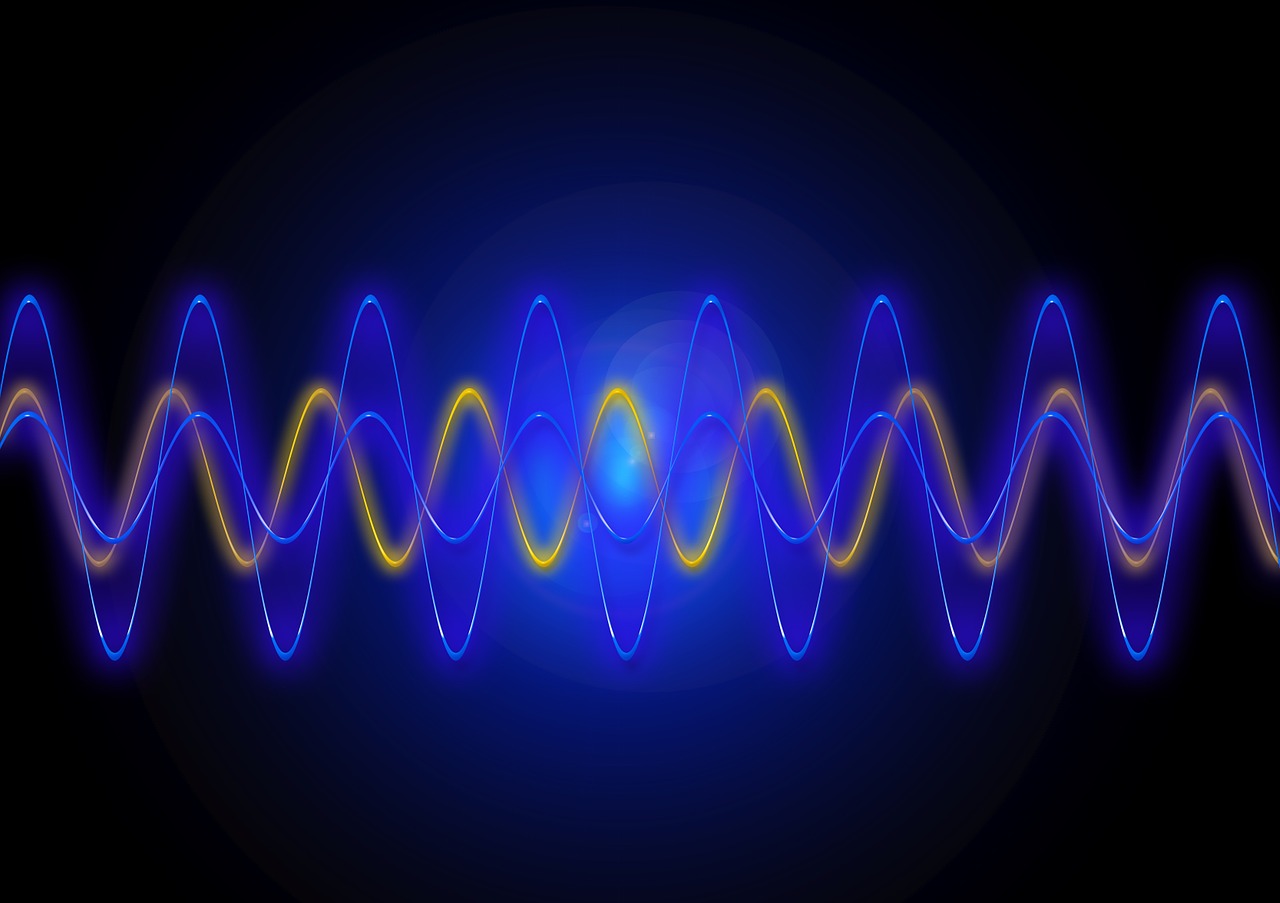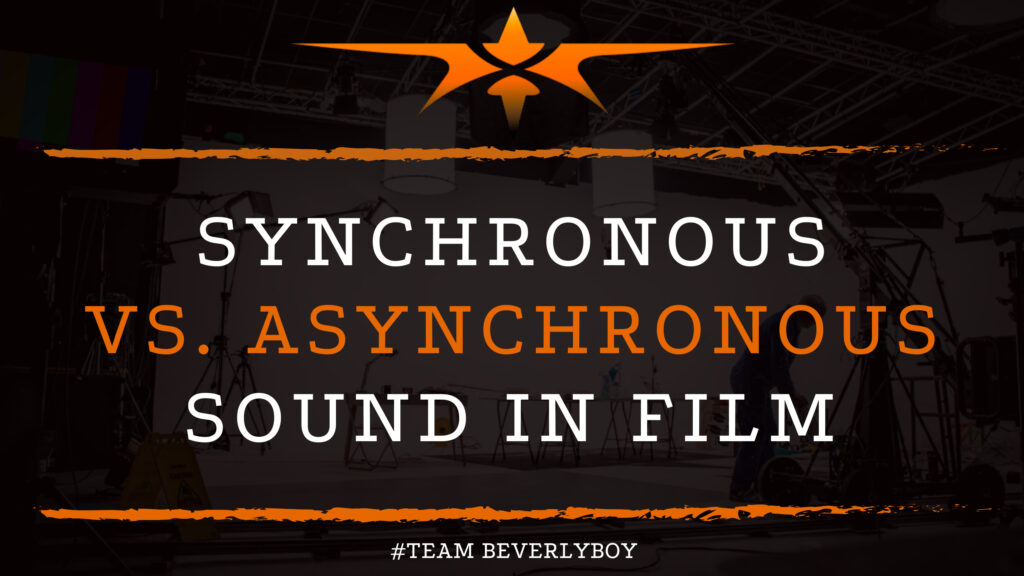What’s the Difference Between Synchronous vs Asynchronous Sound in Film?
When we think about the various sounds that occur in filmmaking it’s important to understand how each sound can add value to the emotional connections that the audience feels with the film and its characters. As well as to understand the ways the sound can make a film appear more realistic. Sound effects, especially those relative to both synchronous vs asynchronous sounds in film are some of the most recognized sounds in a movie or video. And the most important. But what’s the difference between synchronous vs asynchronous sounds in film?

When looking at the various types of sounds taking place in a film screen, it’s important to fully understand the role that sound actually plays in everyday film editing. Learning to recognize both asynchronous and synchronous sounds in film is important.
SYNCHRONOUS SOUND
Synchronous sound represents the matching of sound to the movements that are taking place on the screen. For example, if you see a person moving across the screen, perhaps walking in water, then you might hear footsteps and you could also hear splashes as each step is taken.
These sounds would align with the appearance of each step, and so with each splash from the foot, the water sound would equally be aligned. Synchronous sounds correspond with what’s happening visibly on the screen.
ASYNCHRONOUS SOUND
Unlike synchronous sound, asynchronous sounds in film do not necessarily correspond with what you see on the film screen. Asynchronous sounds in film can still add value to the action being performed, but it’s likely an action that already took place (such as a previous sound) or the sound of an action that is about to occur on the screen.
For example, asynchronous sounds, although they are not precisely synchronized with the actions currently occurring on the screen, add value to the story and help to create a stronger sense of realism.
SYNCHRONOUS VS. ASYNCHRONOUS SOUND IN FILM

So what’s the major difference between synchronous vs asynchronous sound in film? The greatest difference is that synchronous sounds are usually added to support the story immediately and create a connection.
Meanwhile, asynchronous sounds can be used to create a level of tension. Or to cause the audience to wonder “What’s happening?” as they are added into the story.
However, they don’t necessarily align with the current visuals. And could be misinterpreted until an upcoming scene or shot. Which then helps the audience to understand the purpose or value of the sound.
CONSIDER THIS
For example, when you hear a sound and see an action that corresponds to the sound on the film screen, it’s synchronous. When you hear a sound, but it doesn’t align with what’s taking place on the screen, it’s considered asynchronous.
Synchronous vs asynchronous sound in film is used in conjunction with one another to create a dual layered sound effect that is most realistic.
FOR EXAMPLE
Think about it, when you’re out walking the dog, is there only one sound that you hear? Of course not!
You can hear your footsteps, and your dog breathing heavily or even barking at people as you walk by. All of this is synchronous sound if it were to be part of a film.
But while you’re walking, you also hear a car honking from a nearby parking lot (you can’t see the car yet, but you know it’s there). Or you hear birds in the tree up ahead, chirping.
Again, you cannot see them, but you can hear them. If these sounds were to be part of the film you were watching, they would be considered asynchronous sounds. Because you can hear them, but you cannot see the actions taking place to cause them (at least not yet).
The Takeaway
So the difference between synchronous vs asynchronous sound in film is the visibility of the corresponding action taking place on camera when the sound is made.
When the sound corresponds with an action on screen, it is synchronous. When the sound does not correspond with an action on screen, it is asynchronous. That’s the major difference between synchronous vs asynchronous sound in film.

